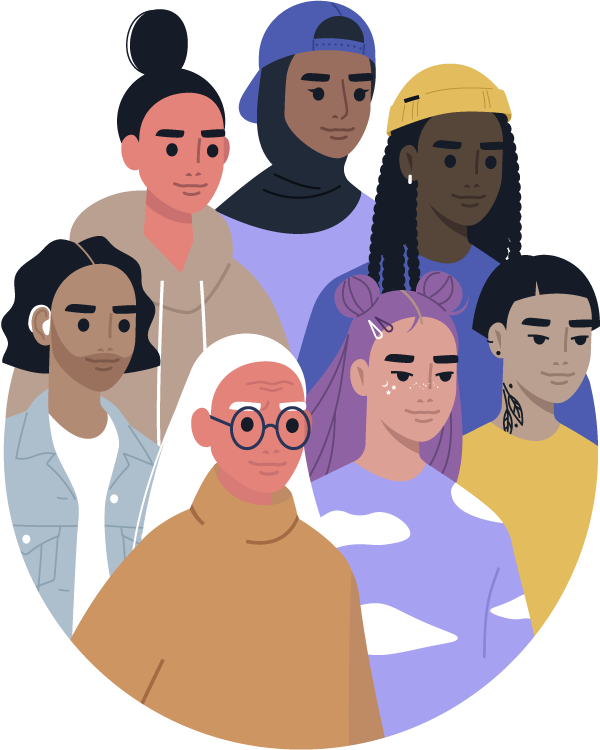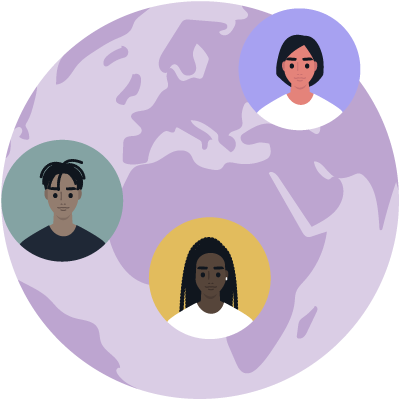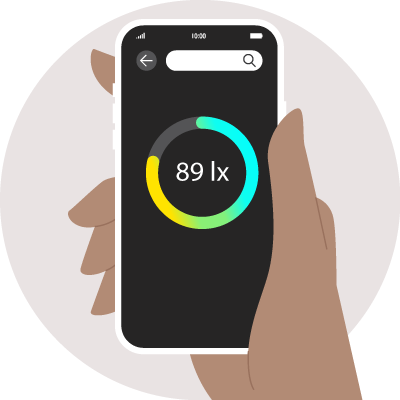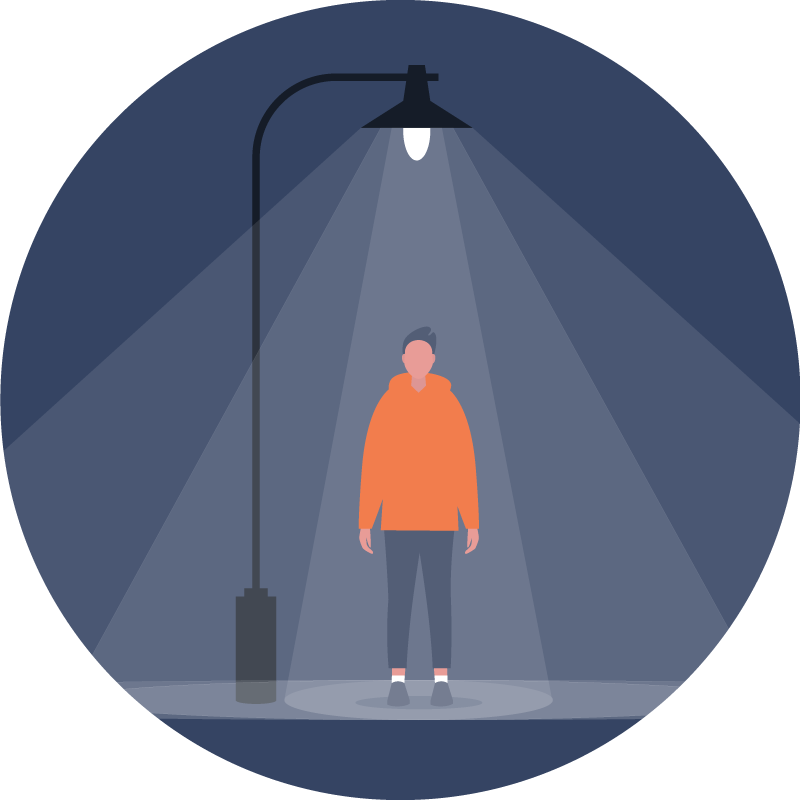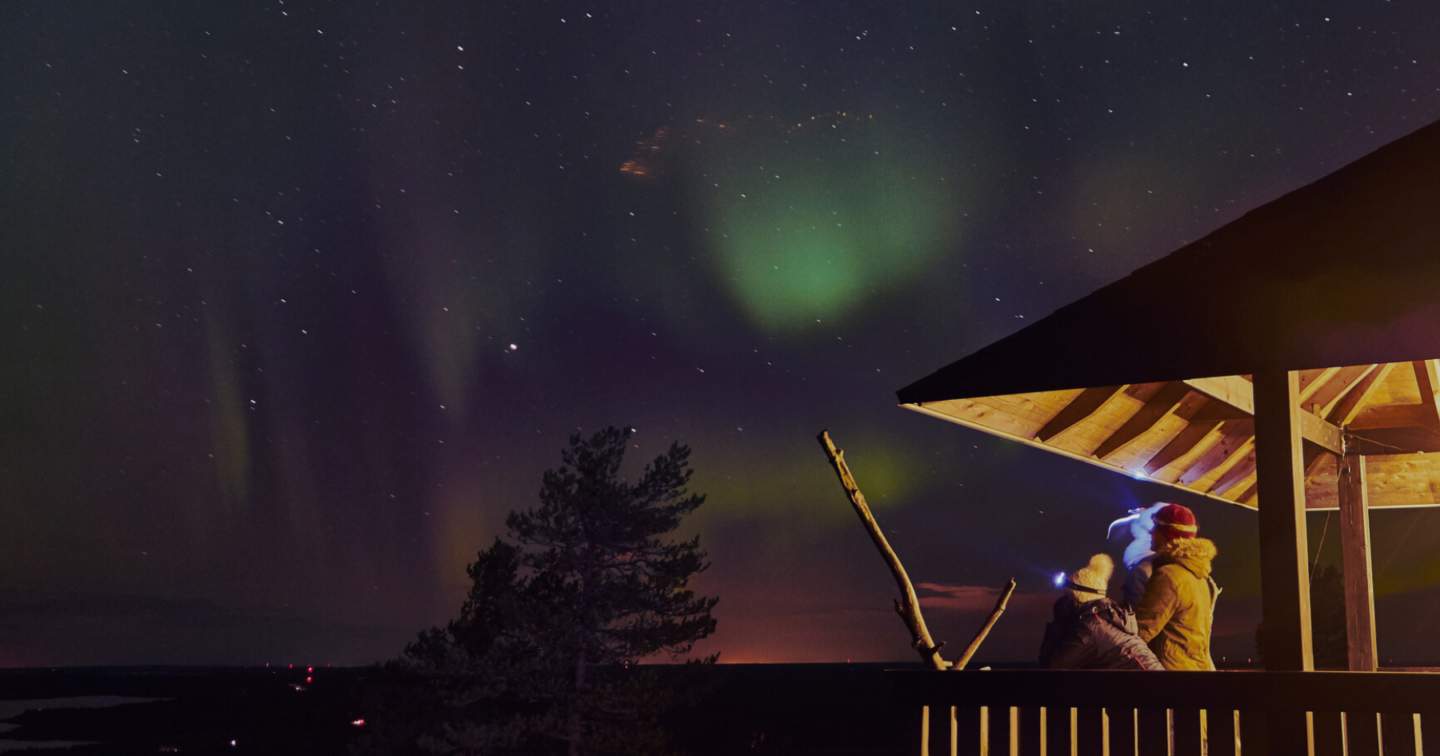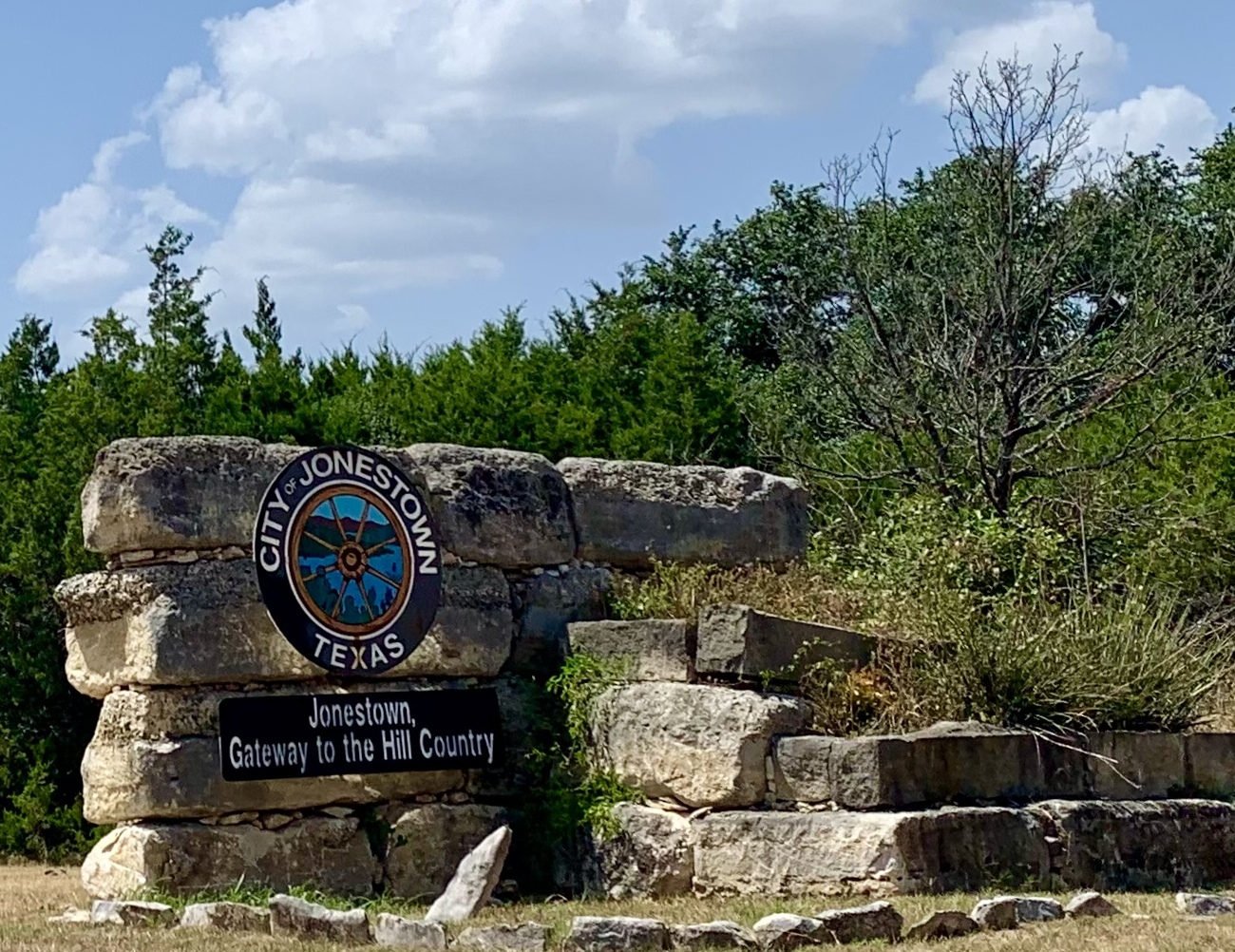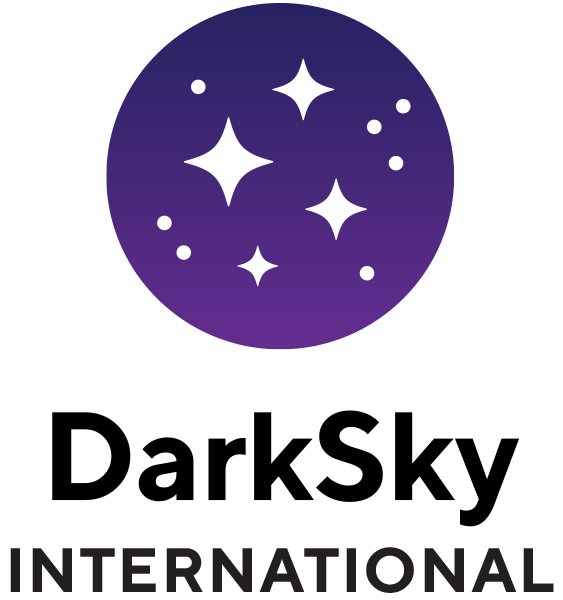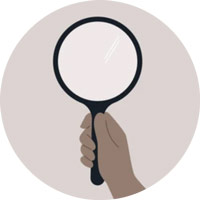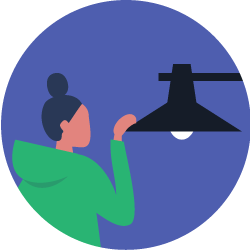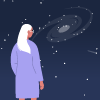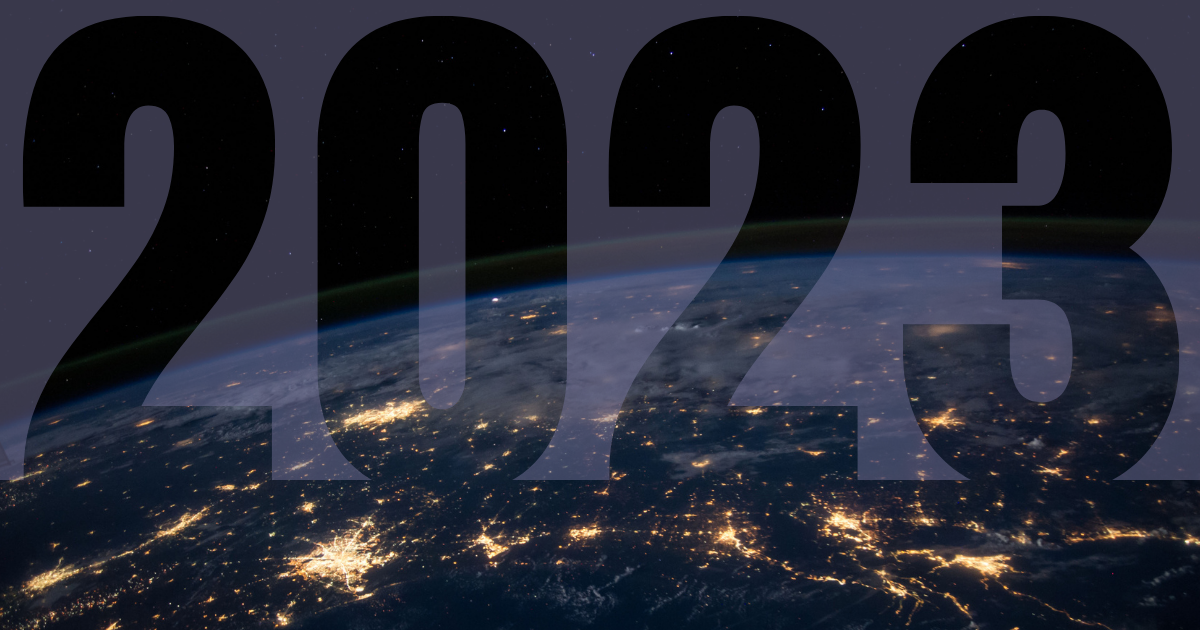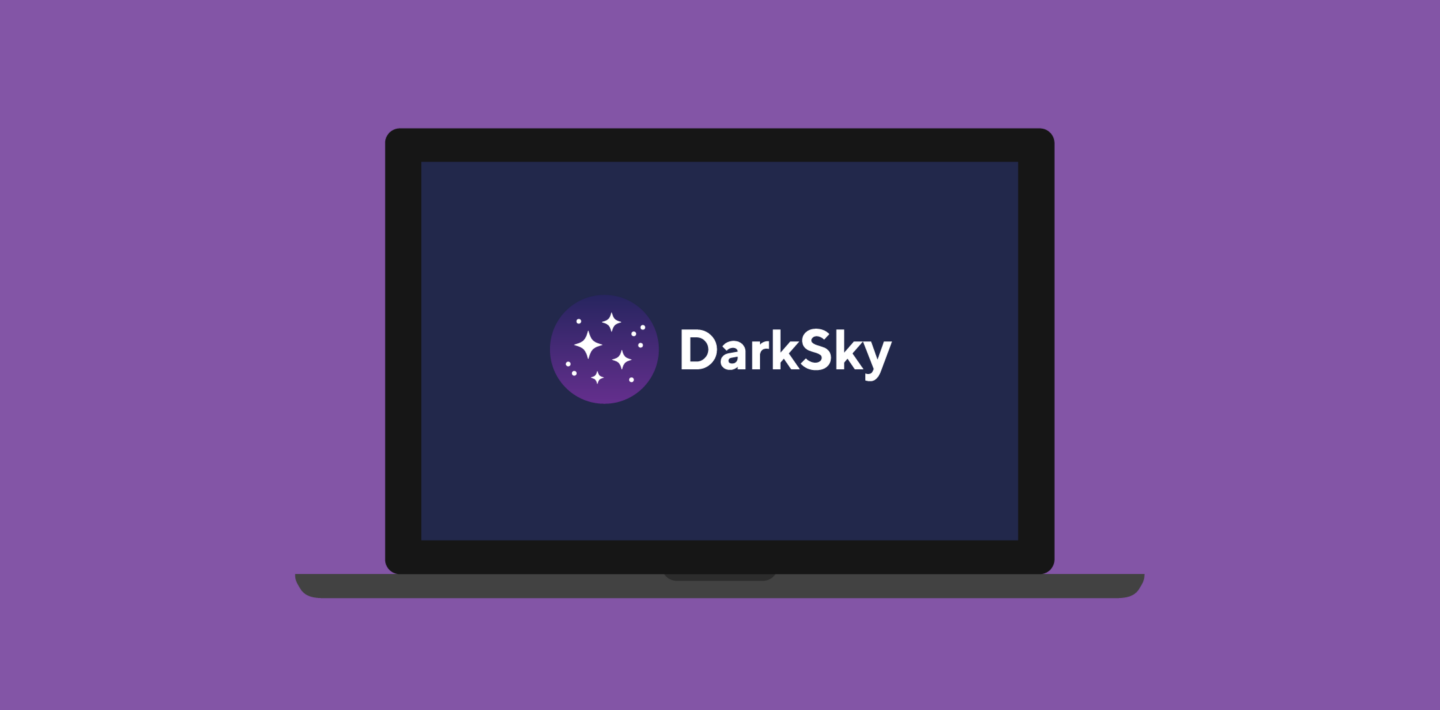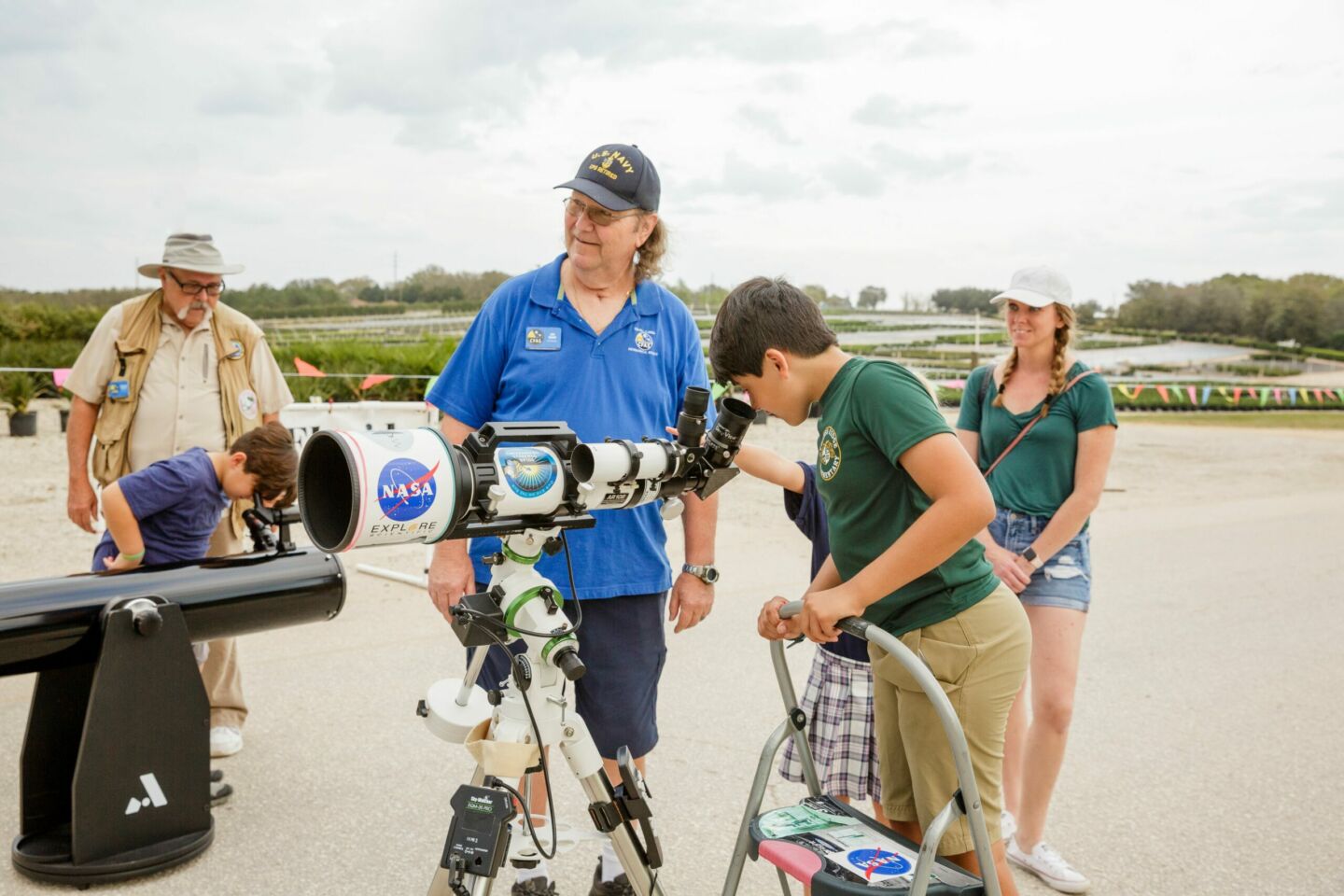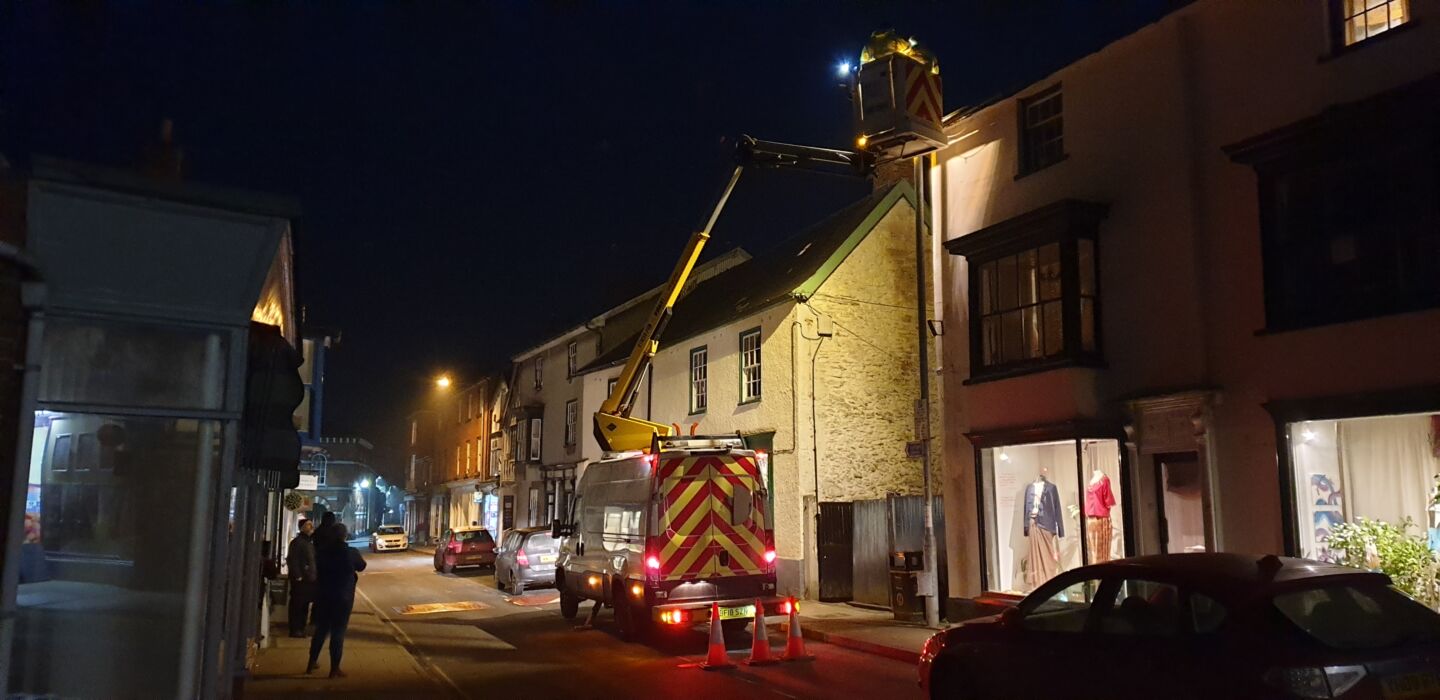
IDA 26th Annual General Meeting Program

November 14 and 15, 2015 | Embassy Suites Hotel Phoenix | Scottsdale, ArizonaRegister Now
Annual General Meeting Schedule and Speakers
One Coin ~ Two Sides:
Impacts of Artificial Night Lighting on Fish and Wildlife Resources and the Mitigating Role of Emerging Lighting Technologies
(Schedule Subject to Change)
Saturday ~ November 14
| 9.00 a.m. – 5.00 p.m. |
Conference Registration
|
| 8.00 a.m. |
IDA Board of Directors Meeting
|
| 10.00 a.m. |
Welcome and Opening Session – Phoenix and Beyond: Unique Perspectives on Light Pollution
Join the Former Arizona State Senator, Executive Director of Arizona State Parks and IDA’s Founding Fathers as they provide informative and distinctively different “out of this world” perspectives on light pollution. Tom O’Hallaren – Former Arizona State Senator and Dark-Sky Advocate |
| 11.30 a.m. |
The Magical World of Fireflies…and What These Magnificent Creatures Are Telling Us
Enjoy a visual treat as film maker, philanthropist, and dark sky advocate, James Fischer, takes us behind the scenes in sharing The Zoological Lighting Institute’s stunning short film, “Brilliant Darkness,” which discusses the serious ecological implications of light pollution to the gentle, magical and mysterious firefly. |
| 12.00 p.m. |
Lunch
|
| 1.00 p.m. |
International Dark-Sky Association Members Meeting – “Town Meeting” to Discuss IDA’s Chapters and the Critical Role They Play in our Mission Delivery
Jim Dougherty – IDA President and member of IDA D.C. Chapter IDA’s Chapters provide the local expertise, wisdom and grassroots capacity to lead our collective efforts to curb light pollution and protect the night skies. We are currently undertaking a comprehensive review and assessment of our Chapters and want to learn from you – our members – about the tremendous challenges, and opportunities, that our Chapter community faces in building a stronger and more effective organization. Join us for this lively panel discussion, and let your voices be heard! |
| 2.30 p.m. |
Opening Our Eyes to the Loss of Darkness and our Natural Nightime World
Two leading authors on the subject of light pollution from diverse backgrounds share the stage to discuss one common issue: artificial night at light. First, take a thought-provoking journey with Paul Bogard – acclaimed author of “The End of Night: Searching for Natural Darkness in an Age of Artificial Light,” as he shares his personal experiences in search of natural darkness in a world today defined by ever-expanding light pollution. Dr. Paul Bogard – Author of “The End of Night: Searching for Natural Darkness in an Age of Artificial Light” Following Paul, Dr. Travis Longcore, Co-editor of “Ecological Consequences of Artificial Night Lighting” will open our eyes to the myriad and broad scale impacts that artificial light at night is having for world’s fish and wildlife resources. From bats to bees, to salmon and sea turtles, learn first-hand from one of the world’s leading authorities what is at risk for our “denizens of the dark!” Dr. Travis Longcore – Co-editor of “Ecological Consequences of Artificial Night Lighting” |
| 4.00 p.m. |
Meet the Authors!
Spend time chatting with guest authors Paul Bogard and Travis Longcore while having a copy of their books personally inscribed. |
| 5.00 p.m. |
Social Hour and Networking
Join your colleagues and make new friends during our no-host cocktail hour. |
Sunday ~ November 15
| 9.00 a.m. – 5.00 p.m. |
Conference Registration
|
| 9.00 a.m. |
Welcoming Remarks
Jim Dougherty – President, International Dark-Sky Association |
| 9.15 a.m. |
Plenary Panel – State of the Science: An Overview
Share the morning with experts who will provide an overview of the impacts of light pollution to fish and wildlife resources and the emerging lighting technologies to help mitigate these impacts. Our panelists will set the stage for a series of in-depth discussions to follow throughout the day on mammals, birds, reptiles, amphibians, fish and invertebrates. Dr. Travis Longcore – Spatial Sciences Institute, University of Southern California |
| 10.15 a.m. |
Artificial Light at Night: Impacts to Mammals
Bats, bunnies and badgers! While we slumber peacefully at night, many of our furry friends in the wild must increasingly cope with light trespass and develop strategies for adapting to what was once a world of nighttime darkness. Our panelists will discuss the many species of mammals affected by light pollution and how much more we have to learn on this important emerging area of inquiry. Bob Mrykalo – Scheda Ecological Associates, Inc, Tampa, FL |
| 11.15 a.m. |
Artificial Light at Night: Impacts to Birds
Across North America alone, it is estimated that between 100 million and one billion migrating birds are killed annually in collisions with buildings. Add to this, mortality from other manmade structures – lighthouses and lightships, floodlights and ceilometers, broadcast and communication towers, and wind turbines – and the scope of the problem becomes apparent. Learn more about the phenomenon and what is being done to reduce the number of migratory birds dying annually from this silent killer. Mary Coolidge – BirdSafe Campaign Coordinator, Audubon Society of Portland, OR |
| 12.15 p.m. |
Break
|
| 12.30 p.m. |
Lucheon Keynote: A Texan’s Perspective On Corralling Light Pollution To Protect The Natural World William “Bill” Wren, University of Texas McDonald Observatory and 2015 Recipient of IDA’s Hoag-Robinson Award – Special Assistant to the Superintendent, The University of Texas at Austin, McDonald Observatory, Ft. Davis, TX Our luncheon keynote speaker was featured recently on CBS News in which he was referred to as “the Angel of Darkness” because of his efforts to make the Big Bend region of Texas one of the darkest spots on the globe. For the past 25 years, Bill Wren has worked with city councils, county governments, utilities, media representatives, and businesses across west Texas to control light pollution. His tireless efforts have raised awareness and helped protect the entire region from the spread of artificial light at night. Bill has made continuing astronomical research possible at the University of Texas McDonald Observatory, defending millions of dollars of investment. Through Bill’s tireless commitment to the cause, scores of laws and zoning ordinances have been adopted to protect the nighttime environment for both citizens and our fish and wildlife resources. Bill’s lunchtime remarks will focus on continuing efforts to work with the oil and gas industry to adopt best practices for lighting their nighttime activities. As oil shale and other petroleum-rich substrates are increasingly targeted for production across the United States, it will be essential that the ecological impacts of flaring and other sources of artificial light at night associated with oil and gas development are mitigated and reduced. |
| 1.30 p.m. |
IDA Awards Presentations and Ceremony
Volunteers around the world are making a difference to protect the night sky! Help us celebrate this year’s amazing award winners who – individually and collectively – are working to combat light pollution and keep the skies dark and the stars bright. |
| 1.45 p.m. |
Break
|
| 2.00 p.m. |
Concurrent Session I ~ Artificial Light at Night: Impacts to Reptiles
The impacts of artificial light at night to endangered sea turtle hatchlings is well known and extensively researched. Much, however, remains to be learned about other members of this fascinating and diverse taxon that includes lizards, snakes, skinks and geckos. Our panelists will share the latest findings on the impacts of artificial light at night to reptiles and critical research that still awaits conducting, Dr. Kirt Rusenko – Gumbo Limbo Nature Center, Boca Raton, FL Harvey B. Lillywhite – Department of Biology, University of Florida, Gainesville, FL – OR – Concurrent Session II ~ Artificial Light at Night: Impacts to Amphibians
Experts argue that frogs, and other members of the amphibian family, which includes salamanders, are particularly susceptible to the effects of light pollution. Given the complexity of the life cycle of amphibians, the exposure and impacts of artificial light at night to these animals are especially problematic. Learn how critters requiring both aquatic and terrestrial habitats for their survival are being impacted and adapting to a changing nighttime environment. Dr. Bryant Buchanan – Associate Professor of Biology, Utica College, Utica, NY |
| 3.00 p.m. |
Concurrent Session I – Artificial Light at Night Lighting: Impacts to Fishes
Migrating salmon on their way to the sea stopped in their tracks by artificial light at night? Harvest strategies targeting marine resources using fish aggregation devices that utilize high intensity lighting? Learn about these and other impacts to our fisheries resources from light pollution at night. Jack Sales – IDA California Chapter, Dark Sky Advocate, Citrus Heights, CA Concurrent Session II – Artificial Light at Night: Impacts to Invertebrates
A picture is worth a thousand words or, in this case, a two-minute video! Illustrative of the enormous ecological consequences that artificial light at night is having on insects and other invertebrates, our final panelists in this session will explore the impacts that light pollution is having on this animal community which, collectively, represents 97 percent of all animal species on Earth. In the words of biologist, theorist, researcher, naturalist and author, E.O. Wilson, “If we were to wipe out insects alone on this planet, the rest of humanity and life with it would mostly disappear from the land. Within a few months.” Dr. Thomas Davies – Community Ecology and Research Fellow, University of Exeter, Exeter, UK |
| 4.00 p.m. |
Closing Plenary Session – Bringing It Home: Technical Lighting Strategies to Mitigate the Ecological Impacts of Artificial Light at Night
As a seasoned conservationist once advised, “If you see a dead-end, you’re looking the wrong way!” Our closing panel assembles some of the leading technical minds and experts on light pollution to discuss emerging technologies that can restore darkness to our world. As our speakers will report, we certainly have the technical means to reduce artificial light at night to protect the environment – the question is whether we have the wisdom and the vision to harness these tools for change. |
| 5.00 p.m. |
Meeting Adjourns
|
*Speaker not confirmed
Register Now

